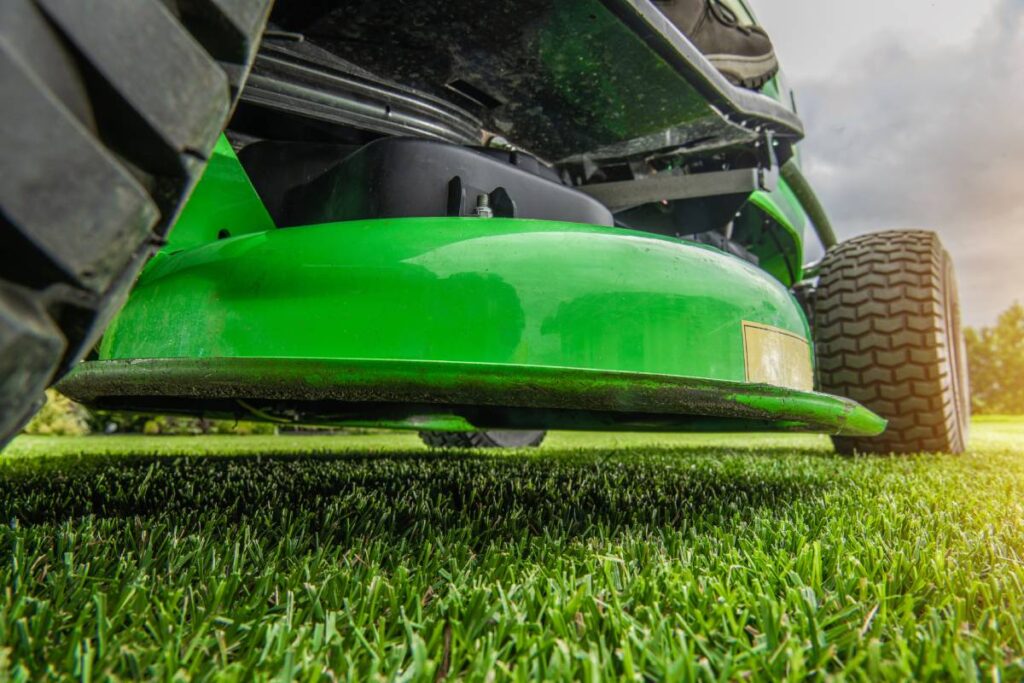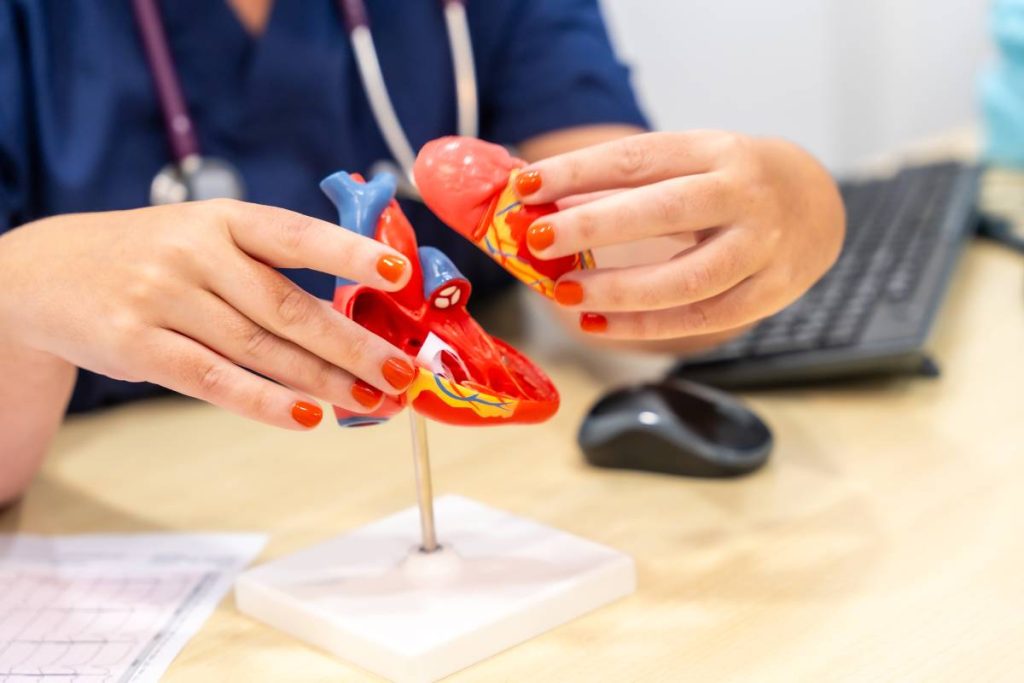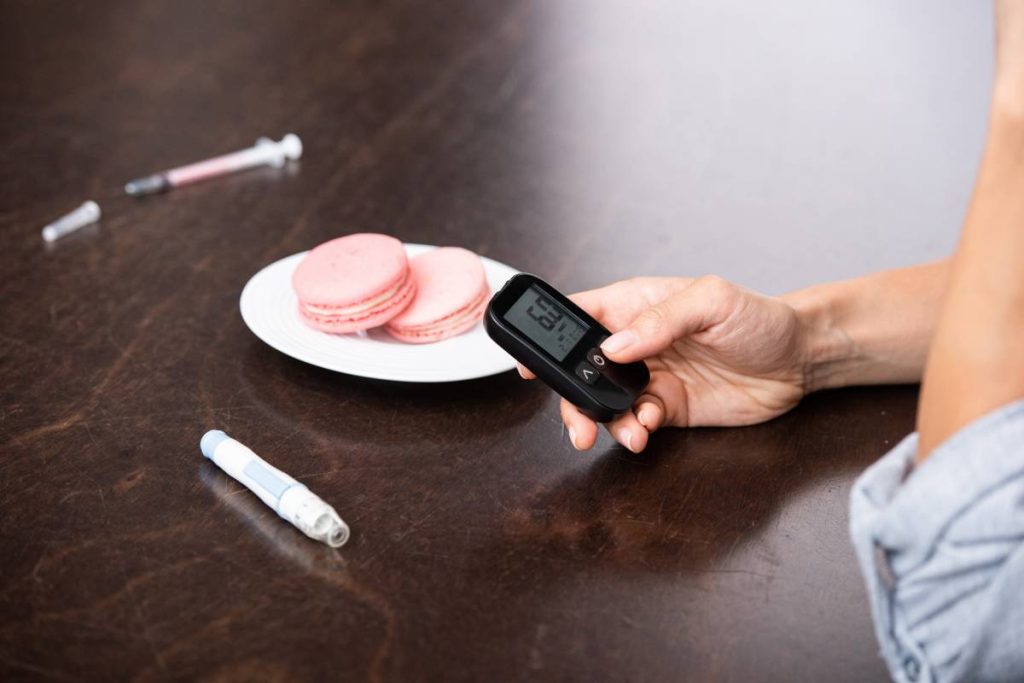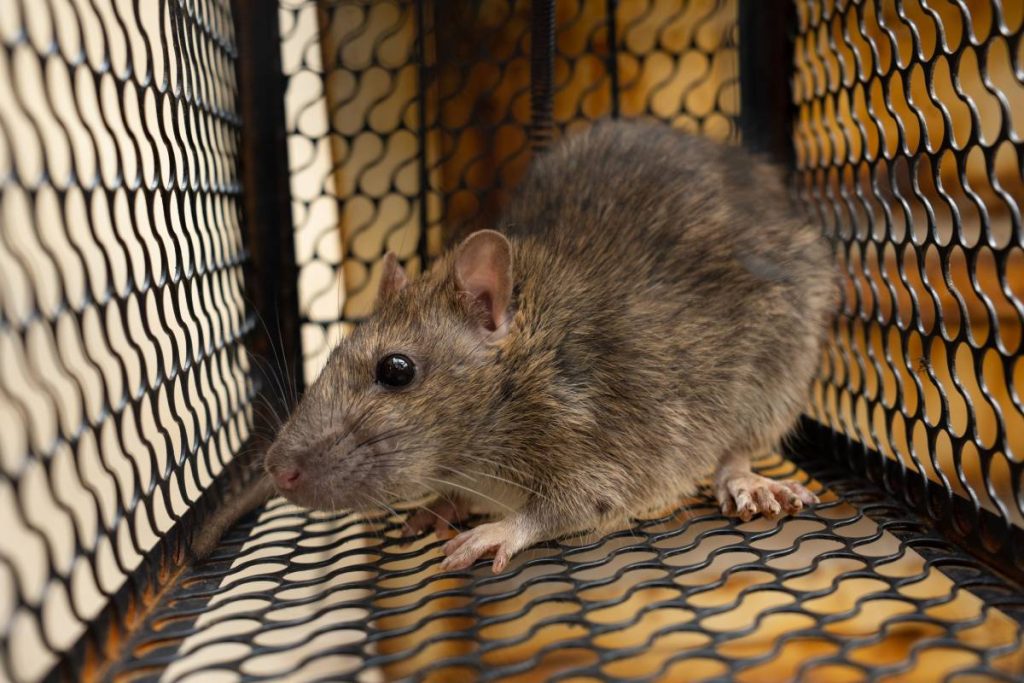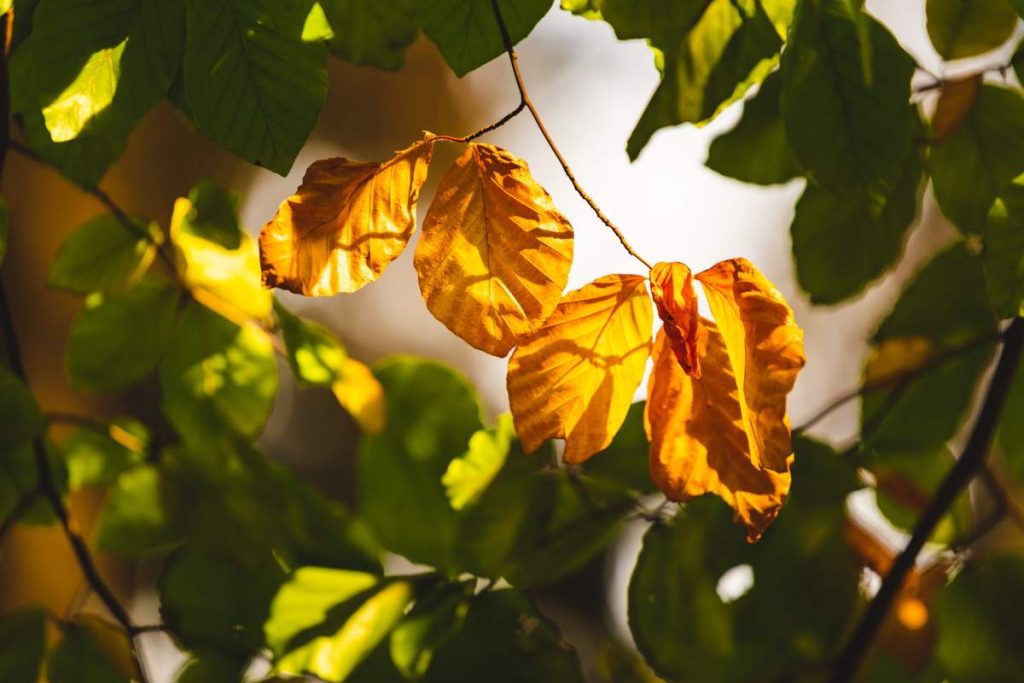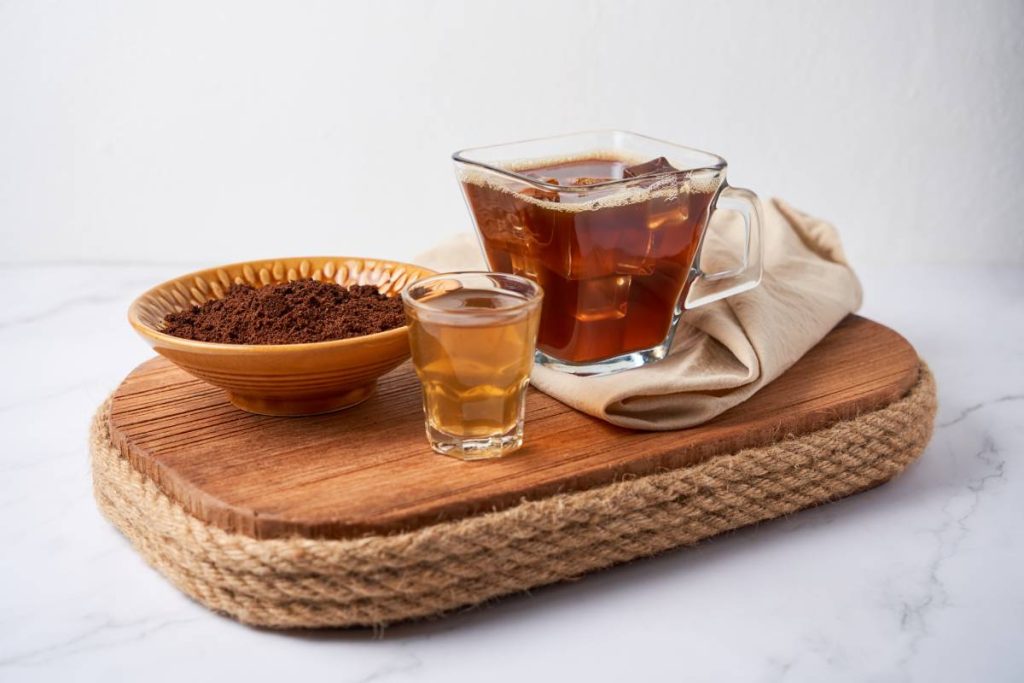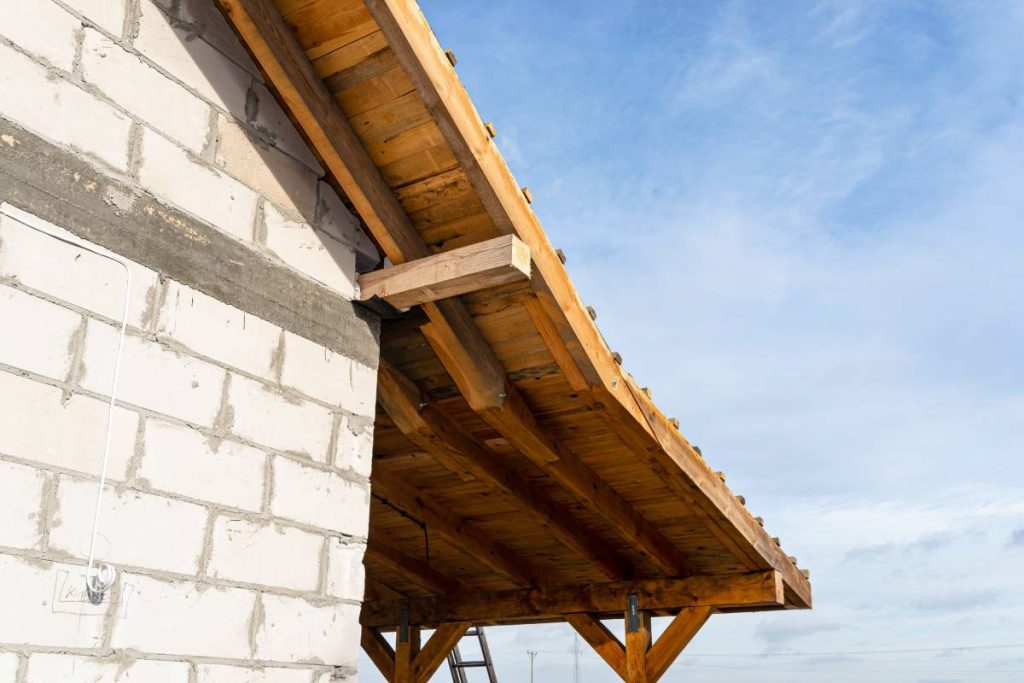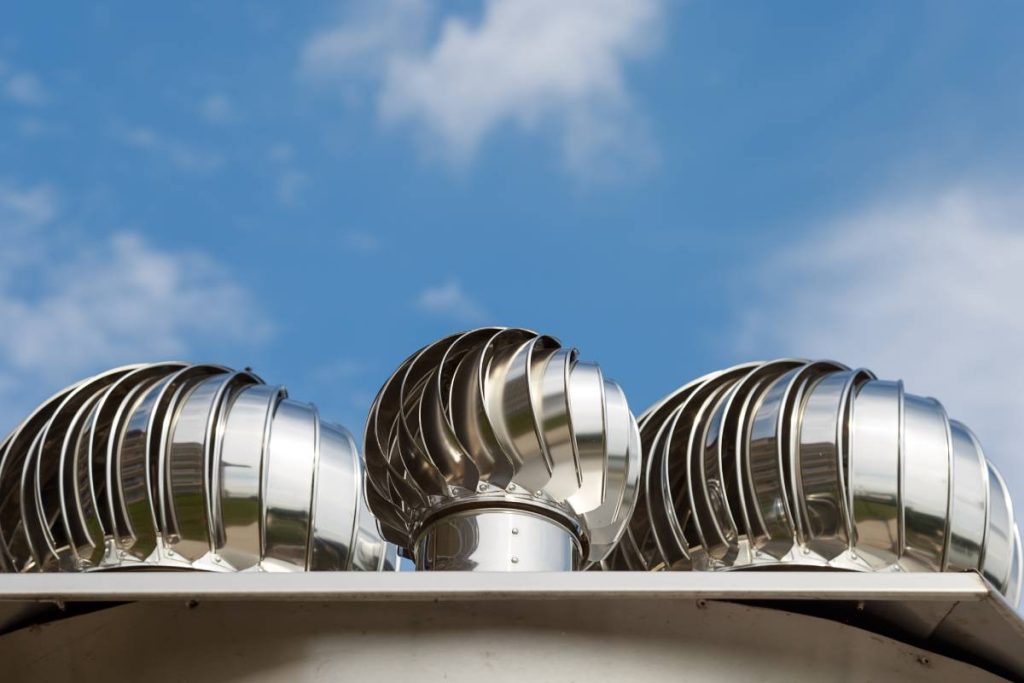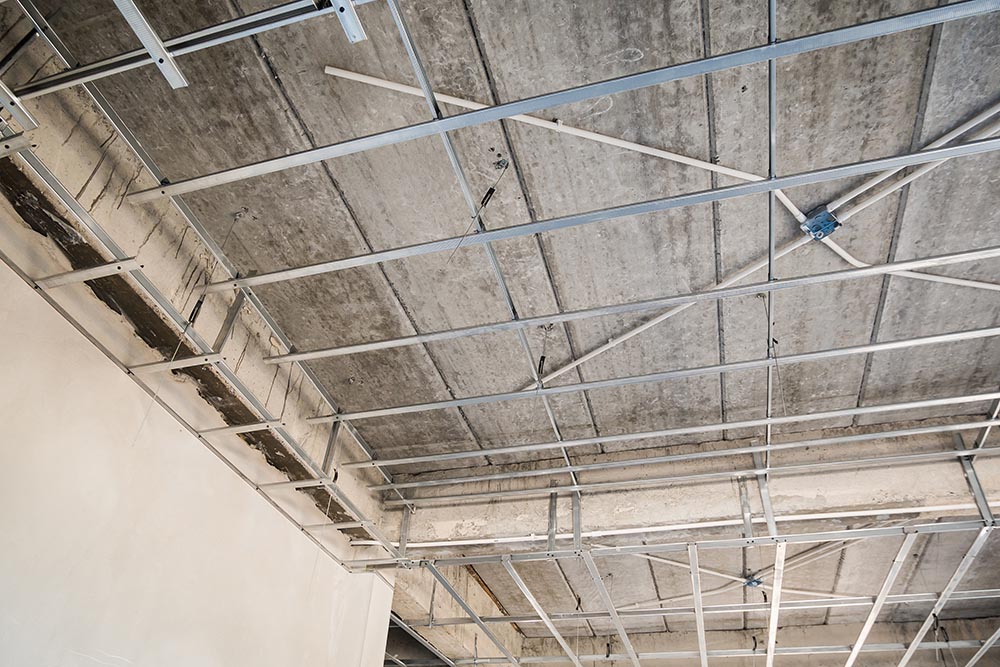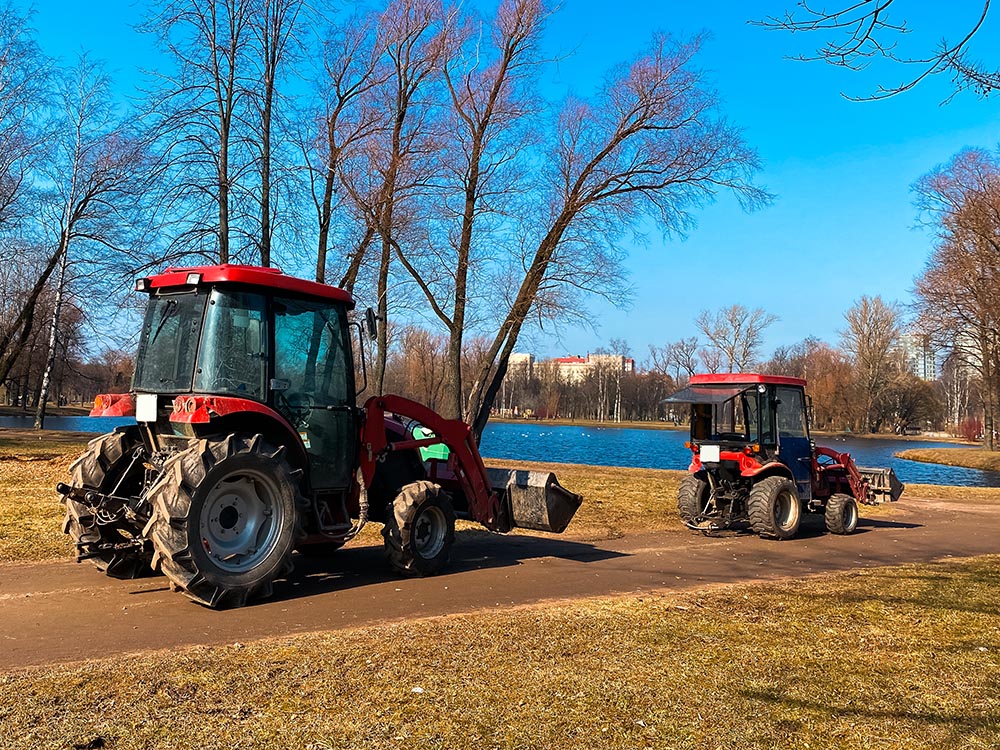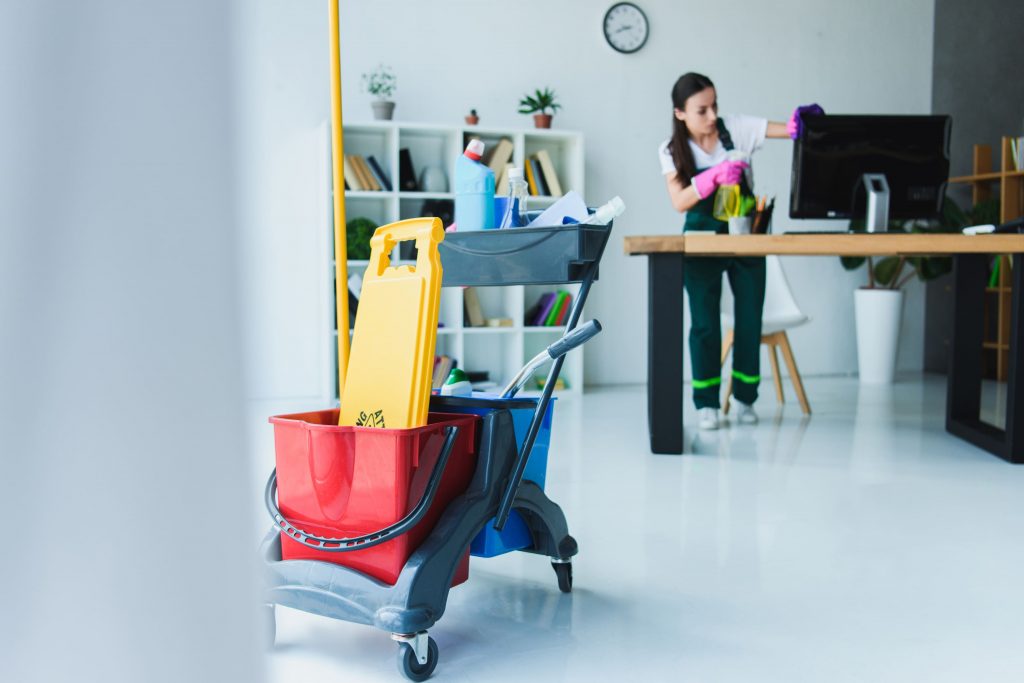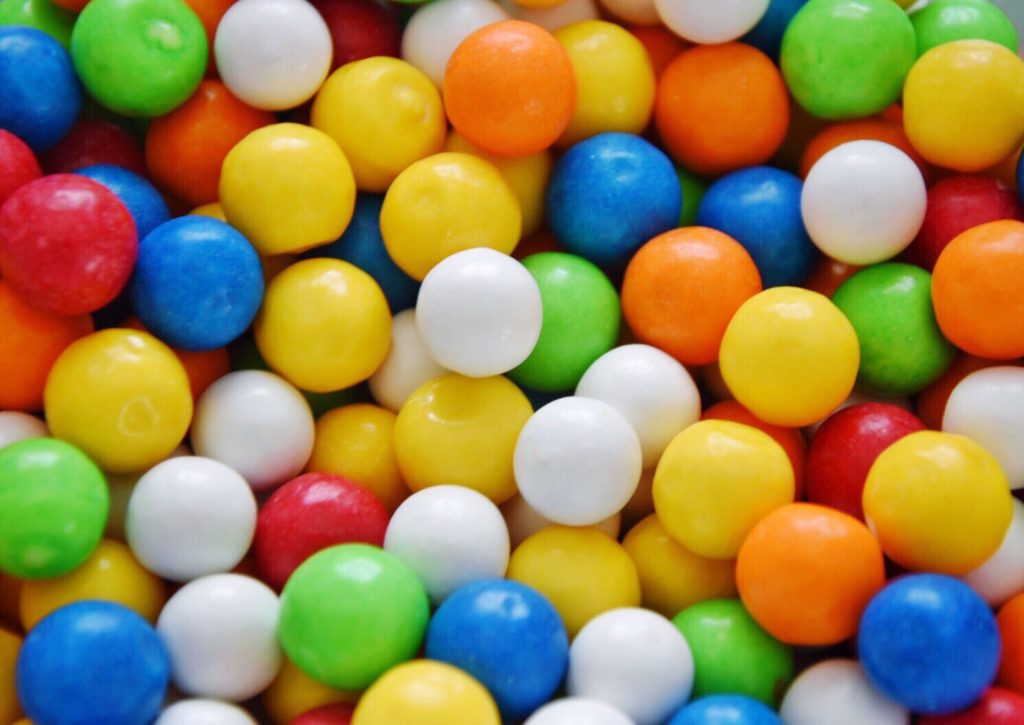Why Are My Plant’s Leaves Turning Yellow? Can Yellow Leaves Turn Green Again?
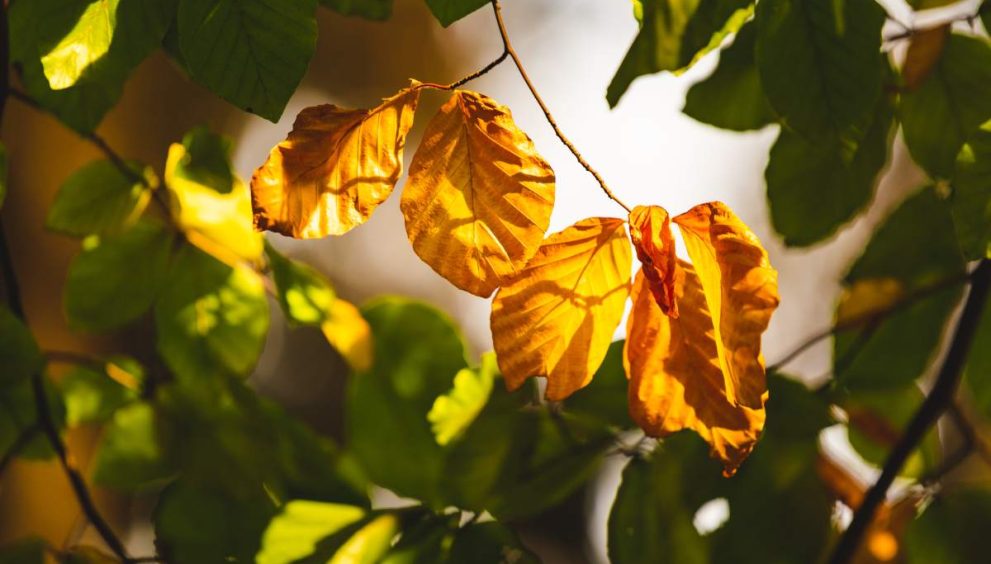
Seeing your plant’s leaves turn yellow can be worrying. It’s a common issue that many plant owners face, but it’s usually a sign that your plant needs some attention. Yellowing leaves often indicate that something is wrong, whether it’s related to watering, nutrients, pests, or environmental conditions. Understanding why leaves turn yellow and what you can do to help your plant recover is key to restoring its health and vibrancy.
In this article, we’ll explore the common causes of yellow leaves and provide practical tips to help your plant bounce back and thrive.
You might like:
Why Are My Plant’s Leaves Turning Yellow?
Yellowing leaves can be a common issue for plant owners, but it’s usually a sign that your plant needs some attention. There are several reasons why your plant’s leaves might be turning yellow, and understanding the cause can help you get your plant back to its healthy, green self.
1. Overwatering
One of the most common causes of yellow leaves is overwatering. When a plant receives too much water, its roots can become waterlogged and oxygen-starved. This leads to root rot and poor nutrient uptake, causing the leaves to turn yellow.
Solution: Make sure your plant’s pot has drainage holes, and allow the top inch of soil to dry out between waterings. For plants that prefer drier conditions, reduce watering frequency.
2. Underwatering
On the flip side, not watering your plant enough can also cause yellow leaves. If the soil is too dry, the plant can’t take up nutrients effectively, which results in yellowing leaves.
Solution: Check the moisture level of the soil regularly. Water the plant when the top inch of soil feels dry, but be careful not to overwater.
3. Nutrient Deficiency
Plants need a variety of nutrients to stay healthy, and a lack of essential nutrients can cause yellowing. For example, a nitrogen deficiency often results in yellow leaves, starting with the older leaves first.
Solution: Use a balanced, all-purpose fertilizer to ensure your plant is getting the nutrients it needs. Follow the instructions on the fertilizer package for the correct amount and frequency.

4. Poor Drainage
Even if you’re not overwatering, poor drainage can lead to yellow leaves. If the soil doesn’t drain well, water can pool around the roots, leading to issues similar to overwatering.
Solution: Ensure your plant’s pot has good drainage and consider using a potting mix designed to improve drainage. If you’re growing in the ground, you might need to improve the soil’s drainage by adding organic matter or sand.
5. Pests and Diseases
Pests like spider mites or aphids, and diseases such as fungal infections, can also cause yellowing leaves. These issues can damage the plant’s tissue and interfere with its ability to absorb nutrients.
Solution: Inspect your plant regularly for signs of pests or disease. If you find any, treat them with appropriate methods, such as insecticidal soap or fungicides. In severe cases, removing affected leaves might be necessary.
6. Environmental Stress
Changes in the environment, such as sudden temperature fluctuations, drafts, or too much direct sunlight, can stress your plant and cause yellowing leaves.
Solution: Place your plant in a stable environment with consistent temperature and humidity. Avoid placing it near heat sources or drafty areas, and adjust its light exposure as needed.
7. Root Bound
If your plant’s roots have outgrown their pot, they can become root-bound. This means the roots are crowding the pot and can’t access enough water or nutrients, leading to yellowing leaves.
Solution: Check if your plant is root-bound by gently removing it from its pot and examining the roots. If they’re circling the pot or filling it completely, consider repotting the plant into a larger pot.
Can Yellow Leaves Turn Green Again?
If you notice your plant’s leaves turning yellow, you might wonder if they can turn green again. While it’s not always possible, there are steps you can take to help your plant recover and improve its overall health. Here’s a detailed look at what you can do and what to expect.
Understanding Yellow Leaves
Yellow leaves often indicate that something is wrong with your plant. Common causes include overwatering, underwatering, nutrient deficiencies, poor drainage, pests, or environmental stress. Identifying the cause is crucial to determining if the yellowing can be reversed.
Can Yellow Leaves Recover?
Once leaves have turned yellow, they generally do not turn green again. This is because yellowing is a sign of damage or stress, and the chlorophyll that gives leaves their green colour is often lost in the process. However, don’t be discouraged—your plant can still recover, and new growth can be green and healthy.
Steps to Help Your Plant Recover
Identify the Cause
The first step is to determine what’s causing the yellow leaves. Here are some common issues and their solutions:
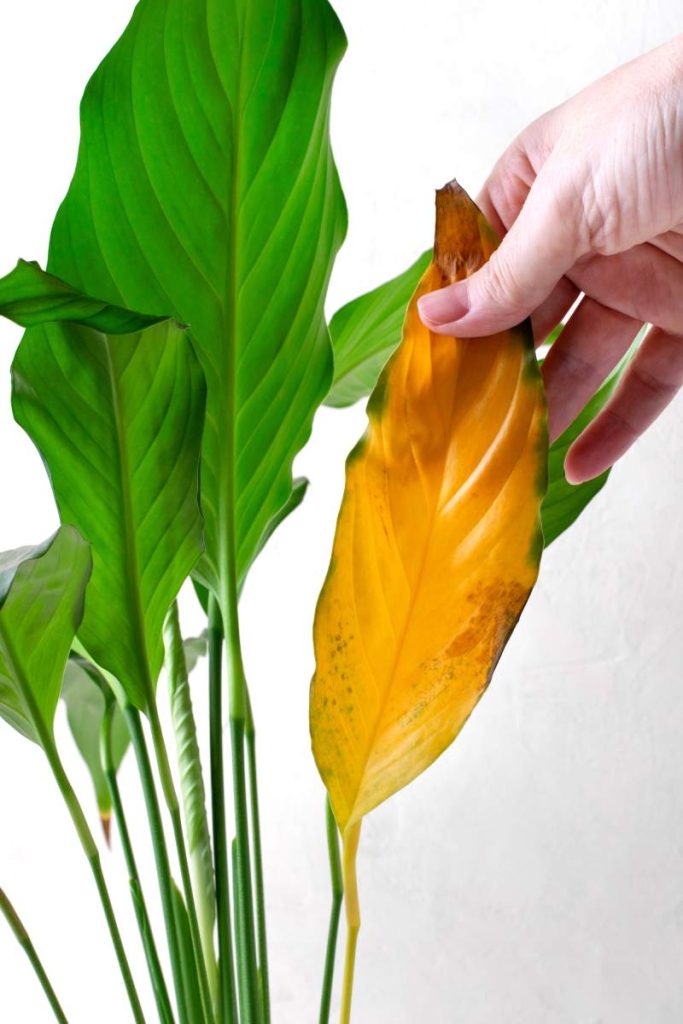
- Overwatering: If the soil is consistently wet, it can lead to root rot. Ensure your pot has drainage holes and let the top inch of soil dry out before watering again.
- Underwatering: If the soil is too dry, the plant can’t absorb nutrients effectively. Check the moisture level regularly and water the plant when the top inch of soil is dry.
- Nutrient Deficiency: Lack of essential nutrients can cause yellowing. Use a balanced fertilizer according to the package instructions to provide the necessary nutrients.
- Poor Drainage: If the pot doesn’t drain well, excess water can lead to root problems. Use a potting mix designed for good drainage and ensure the pot has drainage holes.
- Pests and Diseases: Check for signs of pests or diseases. Treat any issues with appropriate remedies like insecticidal soap or fungicides.
- Environmental Stress: Factors like temperature changes or too much sunlight can stress plants. Place your plant in a stable environment with consistent conditions.
Prune Yellow Leaves
To help your plant focus its energy on new, healthy growth, prune off the yellow leaves. Use clean, sharp scissors or pruning shears to remove the affected leaves at the base of the stem. This will not only improve the plant’s appearance but also prevent potential disease spread.
Adjust Care Routine
Based on the issue you’ve identified, adjust your plant care routine. For example, if overwatering was the problem, reduce the frequency of watering and improve drainage. If a nutrient deficiency was the cause, start using a balanced fertilizer.
Provide Optimal Conditions
Ensure your plant is in an environment that suits its needs. This includes the right amount of light, temperature, and humidity. Each plant species has specific requirements, so make sure you’re meeting those needs for your particular plant.
Be Patient
Recovery takes time. Even after addressing the issues, it may take several weeks for your plant to start showing new, healthy growth. Be patient and continue to care for your plant according to its needs.
Conclusion
Although yellow leaves don’t usually turn green again, the good news is you can often help your plant recover and grow healthy new leaves. By figuring out what’s causing the problem—like overwatering, underwatering, lack of nutrients, poor drainage, pests, or environmental stress—you can take steps to fix it.
Trimming the yellow leaves, changing your care routine, and creating the best conditions are key to helping your plant get better. With patience and good care, you can help your plant grow fresh, green leaves and bring life back to your garden.

 English
English 

